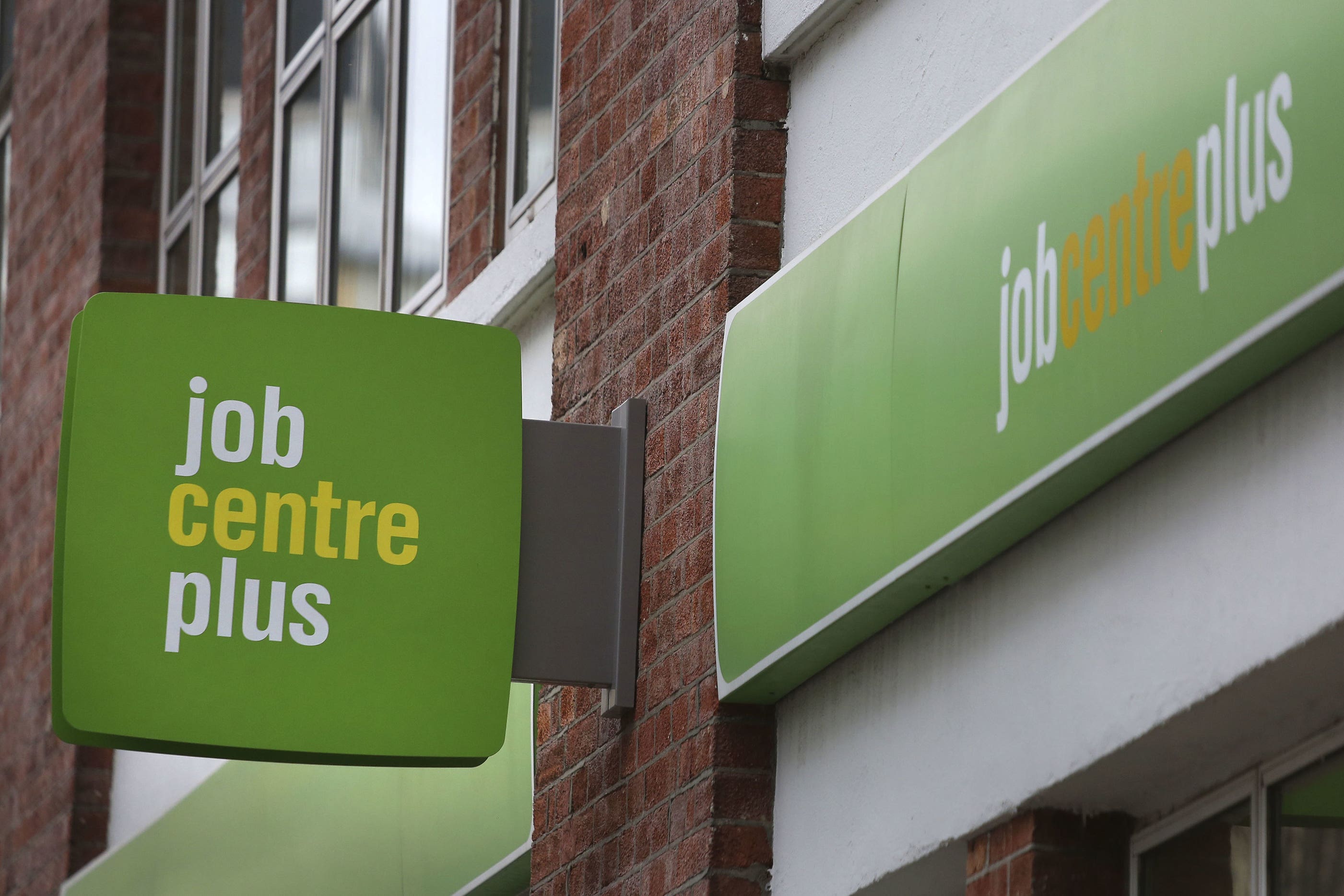UK jobless rate lower than first thought but inactivity jumps – ONS
The ONS has revised the unemployment rate down to 3.9% for the three months to November from the 4.2% previous estimate.

Your support helps us to tell the story
From reproductive rights to climate change to Big Tech, The Independent is on the ground when the story is developing. Whether it's investigating the financials of Elon Musk's pro-Trump PAC or producing our latest documentary, 'The A Word', which shines a light on the American women fighting for reproductive rights, we know how important it is to parse out the facts from the messaging.
At such a critical moment in US history, we need reporters on the ground. Your donation allows us to keep sending journalists to speak to both sides of the story.
The Independent is trusted by Americans across the entire political spectrum. And unlike many other quality news outlets, we choose not to lock Americans out of our reporting and analysis with paywalls. We believe quality journalism should be available to everyone, paid for by those who can afford it.
Your support makes all the difference.Britain’s rate of unemployment was lower than first thought in the three months to November, according to official figures.
The Office for National Statistics (ONS) said changes to the way that it gathers information on the UK labour force has seen it revise the unemployment rate down to 3.9% for the quarter, from the 4.2% previous estimate.
It has also revised up the inactivity rate to 21.9% in the three months to November, from the 20.8% recorded previously.
The changes follow an overhaul to the ONS labour force survey after low responses meant the data was too unreliable.
Experts said the changes to the data suggest the UK jobs market is more resilient than originally thought, which could add to the Bank of England’s caution over interest rate cuts.
Workforce data is closely watched as a gauge of the health of the wider economy and a major consideration in rate decisions by Bank policymakers.
The Bank has been keeping a close eye on wage data in particular in its bid to bring high inflation back to target.
Official figures have been estimating employment and unemployment rates since July last year, extrapolating from previous figures by using separate government tax records and data on unemployment benefit claims.
Using these estimates, the rate of unemployment has remained unchanged at 4.2% since the three months to June 2023.
This release is likely to result in the (Bank of England's) Monetary Policy Committee taking a more cautious approach in assessing the appropriate time to bring interest rates down
Corrections to previous data has also seen the ONS revise down the rate of unemployment to 4% in the three months to October and 4.1% in the three months to September, from 4.2% in each quarter.
In a more worrying sign for Britain’s jobs market, the inactivity rate has been worse than originally estimated for some time, having been revised higher dating back to at least April to June last year.
The ONS has been working on ways to make the figures more accurate, with the latest data coming after it made some temporary improvements to better account for population growth and low response rates.
It said the revisions are largely due to changes in the structure of the population, with increases in the numbers of young people and women who are economically inactive, while female employment levels have fallen.
The ONS has recently reintroduced face-to-face interviews for its labour force survey and boosted the sample size in January.
Britain has a bigger, but sicker workforce than previously thought. Of particular concern is the fact that a record 2.8 million people in the country are currently inactive due to ill health
It is also developing a completely revamped labour force survey, which is online first, with aims to publish early estimates in July and for it to become the main labour market publication from September.
The ONS had originally hoped to release this data in March.
Philip Shaw, an economist at Investec, said the lower-than-first-thought jobless rate may see the Bank of England tread more cautiously in bringing down borrowing costs.
He said: “Last week’s Bank of England Monetary Policy Report highlighted the significance of labour market conditions in determining long-term inflationary pressures, and so this release is likely to result in the Monetary Policy Committee taking a more cautious approach in assessing the appropriate time to bring interest rates down.
“UK interest rate markets have dialled back on their optimism of rate cuts this year, but are nonetheless pricing in three to four 25 basis point cuts this year.”
We know many people still face complex barriers to work, which is why we are investing billions through our Back to Work Plan to support people with disabilities and long-term health conditions to stay and succeed in work
Investec said it still believes rate cuts will start in June.
The Resolution Foundation think tank said the data also shows “Britain has a bigger, but sicker workforce than previously thought”.
Hannah Slaughter, senior economist at the Resolution Foundation, said: “Of particular concern is the fact that a record 2.8 million people in the country are currently inactive due to ill health.
“Tackling rising ill health is a huge social and economic challenge that we’ll be facing throughout the 2020s, as will getting the UK employment back up to and beyond pre-pandemic levels.”
A Government spokesman said: “We know many people still face complex barriers to work, which is why we are investing billions through our Back to Work Plan to support people with disabilities and long-term health conditions to stay and succeed in work.”